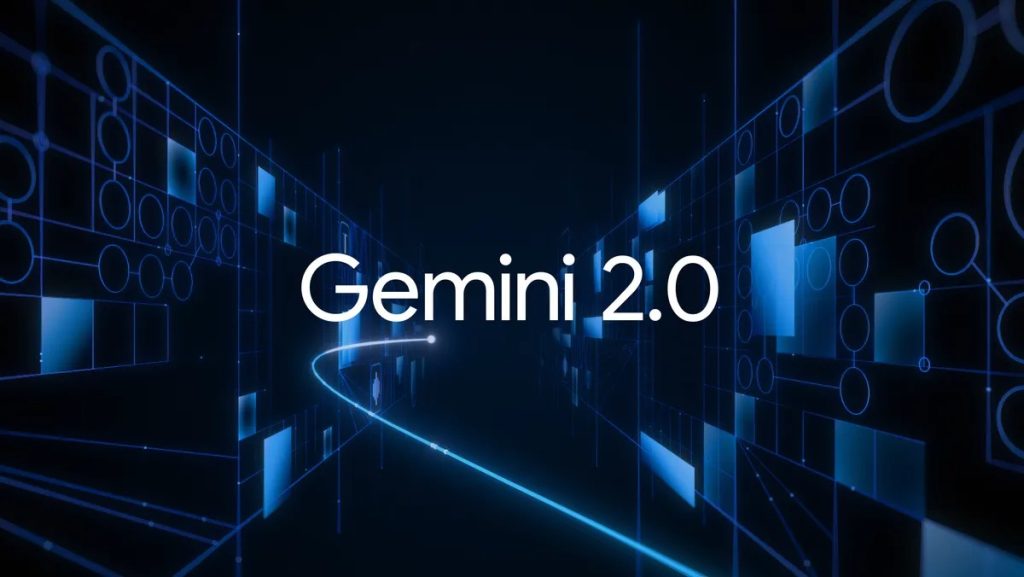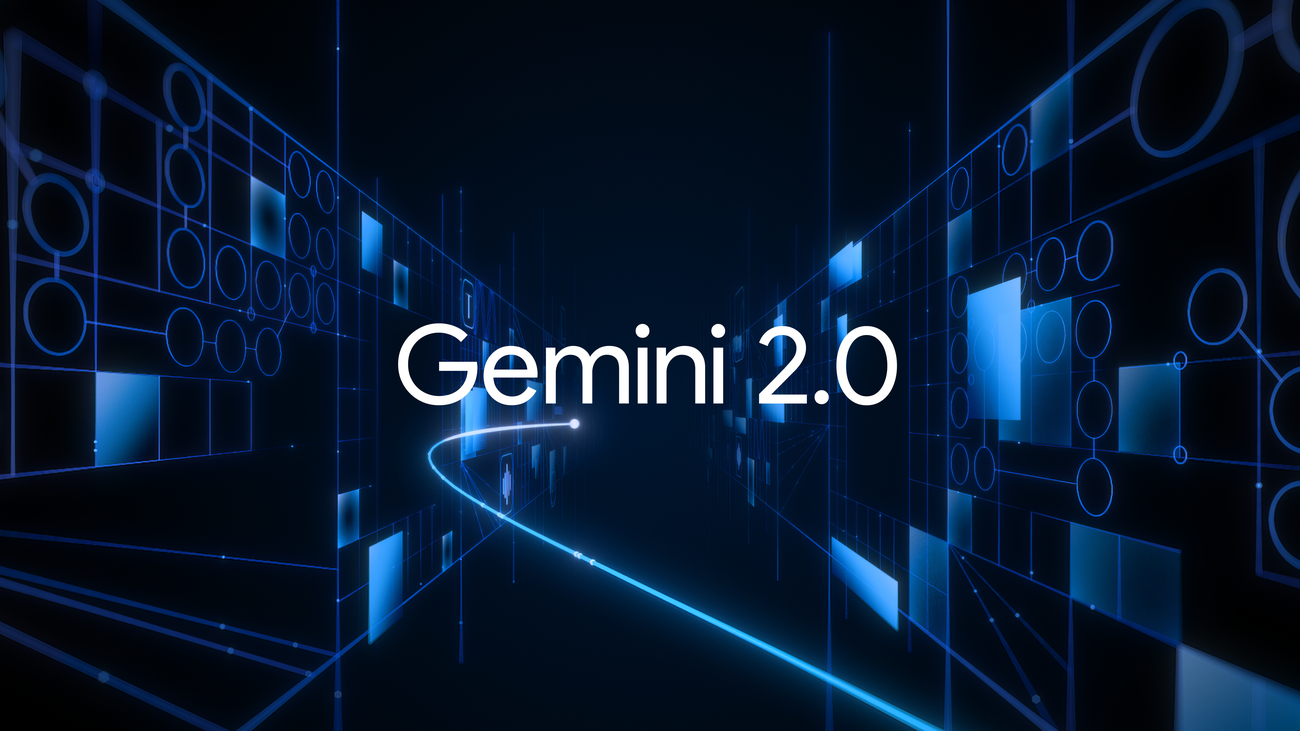Introduction to Google Gemini 2.0 Flash Thinking
Google has been at the forefront of AI innovation, constantly pushing the boundaries with the release of various AI models and services. One of the latest offerings from Google is the Gemini 2.0 Flash Thinking, an experimental reasoning model that is designed to handle complex tasks such as advanced math, logic puzzles, and programming challenges. This upgraded version of the original Gemini model incorporates significant advancements in reasoning and transparency, making it a notable addition to Google's AI arsenal.
Understanding the Core Concepts of Gemini 2.0
At the heart of Gemini 2.0 Flash Thinking lies its emphasis on reasoning. One of the key features introduced in this model is the chain-of-thought processing, which sets it apart from traditional AI models. Unlike conventional models that simply provide answers, Gemini 2.0 takes users through its step-by-step reasoning process. This approach enhances the collaborative aspect of interacting with AI, as it demystifies the decision-making process and allows users to follow along with the AI's logic.

The transparency offered by Gemini 2.0 is particularly valuable in fields like education and coding, where understanding the rationale behind a solution is crucial. By elucidating its reasoning process, the model fosters a more engaging and insightful user experience, paving the way for enhanced learning and problem-solving.
Practical Applications and Performance
Gemini 2.0 Flash Thinking not only excels in theoretical reasoning but also demonstrates practical effectiveness. The model has showcased its capabilities in real-world scenarios, such as the Chatbot Arena, where it outperformed other models across multiple benchmarks. Its ability to analyze images in conjunction with reasoning further enhances its utility in tasks requiring visual interpretation, such as data analysis and creative design.

Moreover, Gemini 2.0's swift processing speed, coupled with its clarity in delivering outputs, underscores its practicality in handling intricate problems efficiently. The model's availability on Google's AI Studio platform, with ample token limits for experimentation, makes it accessible to developers, researchers, and technology enthusiasts keen on exploring its potential.
Customization and Future Prospects
One notable aspect of Gemini 2.0 is its customizable safety settings, allowing users to tailor the AI's responses to suit specific requirements. Whether for sensitive applications or tone adjustments, these customization options ensure that the AI aligns with the user's preferences.
The model's emphasis on transparency and precision positions it as a valuable tool in industries requiring logical reasoning, such as programming and scientific research. Beyond text-based tasks, Gemini 2.0's capabilities extend to tasks like architectural analysis and code debugging, indicating its versatility and potential utility across diverse domains.

Conclusion
While still in the experimental phase, Gemini 2.0 Flash Thinking represents a significant advancement in reasoning models, showcasing the potential for AI to be both accessible and deeply informative. By combining speed, accuracy, and explainability, Google's Gemini 2.0 sets a new standard for AI models, offering a collaborative approach to tackling complex problems across various fields.




















